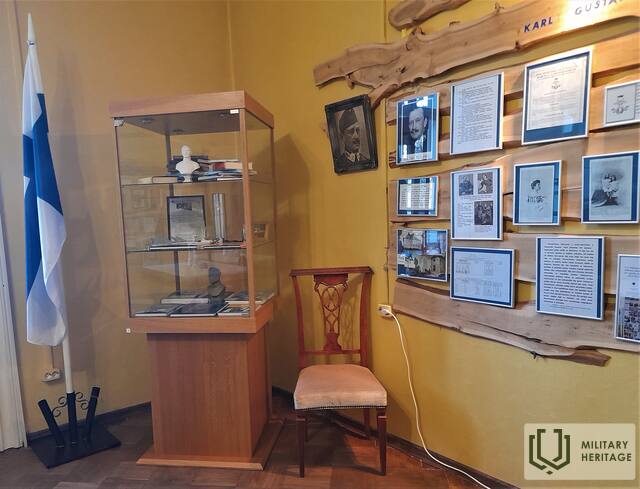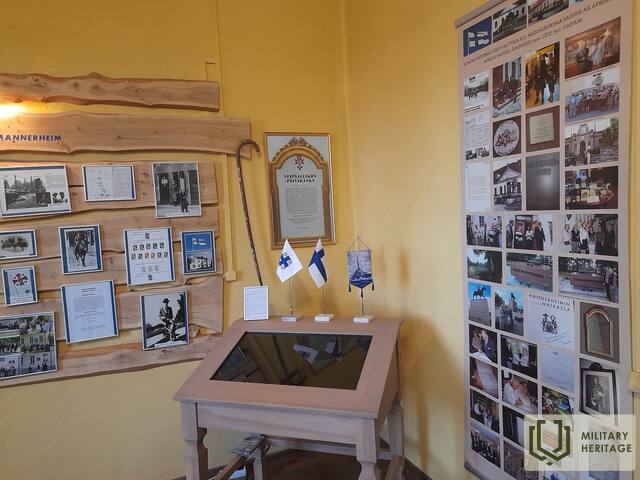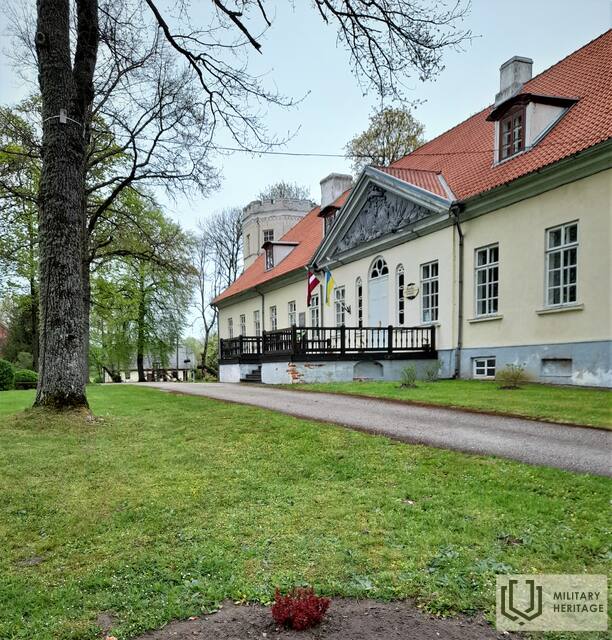Aprikių muziejaus kolekcijos ir raudonųjų partizanų veiklos zonos
Muziejus

Aprikių dvare įsikūręs Aprikių muziejus, kurio ekspozicijos pasakoja apie senovės regiono istoriją. Muziejuje eksponuojama ekspozicija apie Suomijos karinį veikėją Karlą Gustavą Mannerheimą – 175 muziejaus eksponatai, interaktyvus stendas „KGMannerheimas ir Apriki“ (trimis kalbomis – latvių, anglų ir suomių) su 6 skyriais – apie Aprikių dvarą, apie KGMannerheimą kaip vadą Žiemos kare, apie Suomijos laisvės mūšių vadą ir apie jo ryšį su Aprikais.
Muziejuje taip pat eksponuojami Antrojo pasaulinio karo eksponatai su vokiečių ir Raudonosios armijos simbolika, taip pat žemėlapis (raudonųjų partizanų veiklos zonos) ir raudonųjų partizanų aprašymai.
Aprikku dvaro (Apprikken) pastatų barokinis ansamblis iš pradžių buvo suformuotas prie Alokste upės XVIII a. XX a. pradžioje. Dvaro savininkas buvo Carlas Gustavas Mannerheimas, vėliau tapęs Suomijos prezidentu ir žinomas kaip legendinės Mannerheimo linijos – įtvirtinimų sistemos Žiemos karo metu – autorius.
Panaudoti šaltiniai ir literatūra:
Apriko dvaras – muziejus | APLANKYKITE AIZPUTE
https://visitaizpute.lv/place/apriku-muiza-muzejs/
Susijusi istorija
Suomijos savanorių pulko „Šiaurės berniukai“ mūšis Bejoje
1919 m. vasario 23 d. Suomijos savanorių pulko „Šiaurės berniukai“ žvalgybos dalinys, tikėdamasis gauti papildomų ginklų ir amunicijos, atvyko į Bejos mokyklos daubą, kur įvyko susidūrimas su bolševikais (Babeckos mūšis). Šiame mūšyje žuvo 10 Suomijos pulko kareivių.
Apie suomių jėgerius Latvijoje
Suomijos jėgerių istorija įdomi, nes ji itin panaši į Latvijos kareivių likimą Pirmajame pasauliniame kare ir jų didelę svarbą kuriant nacionalinę valstybę. Suomiams Pirmasis pasaulinis karas taip pat buvo galimybė padėti pamatus Suomijos nepriklausomybei ir sukurti savo armiją. Šaltinyje aprašomas įvykis, kai Latvijoje atidengiamas paminklas Suomijos jėgeriams.
Suomijos jėgerių vėliavos pašventinimas Liepojos Šventosios Trejybės katedroje
Pirmoji Nepriklausomos Suomijos vėliava buvo pašventinta 1918 m. Liepojoje, Šventosios Trejybės bažnyčioje, kur suomių jėgeriai prieš išvykdami namo prisiekė ištikimybę teisėtai Nepriklausomos Suomijos vyriausybei.
Vilio Samsono aprašymas apie „Raudonųjų strėlių“ mūšį su vokiečių policijos daliniais 1945 m. kovo 7 d.
1945 m. kovo 7 d. vokiečių kariuomenė apsupo ir bandė sunaikinti „Raudonųjų strėlių“ partizanų stovyklą. Vilis Samsonas savo knygoje, kurią 1974 m. išleido Rygos leidykla „Zinātne“, aprašo šio mūšio eigą.

























